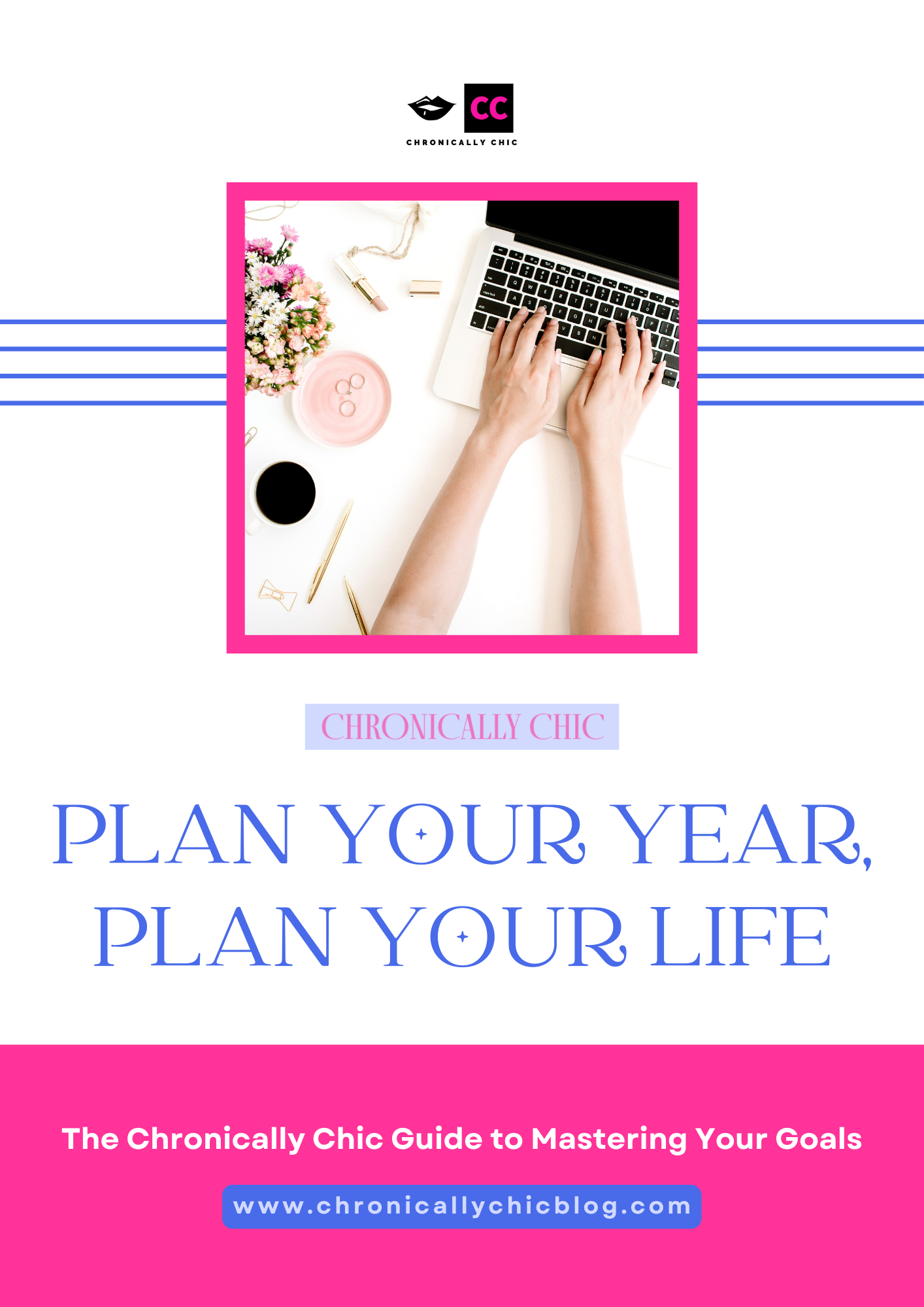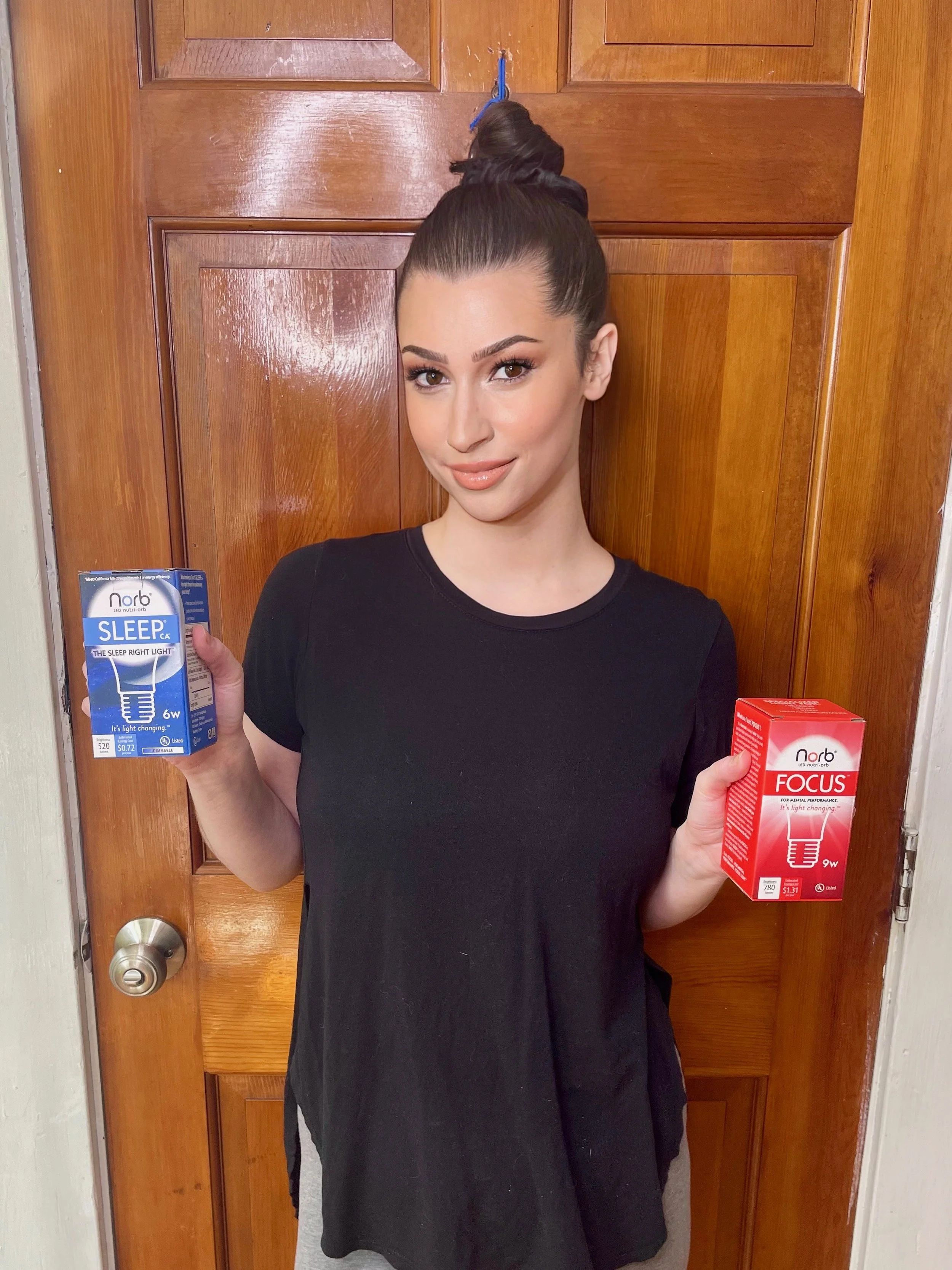Wellness Starts on Your Screen: A Guide to Organizing Your Digital Life
Hi Friends!
I don’t care what silk pillowcase you sleep on, if your desktop looks like a CVS receipt and your phone has 197 “unread” notifications, you are not living in peace. Digital clutter is the silent villain of our cortisol levels. It’s why you can’t focus, why you feel like you’re working 24/7, and why you’re still scrolling Instagram Reels at 1:03 a.m. with one eye closed. The mess isn’t just physical anymore, it’s in your inbox, your camera roll, and your brain. Today we’re doing a clear-out so your devices feel like a five-star hotel suite, not the clearance rack at a yard sale.
Digital Clutter & Its Impact on Wellness
I thought I was just a “bad focuser.” Turns out, my phone was basically a cortisol machine with a lock screen. Every ping, every “Your package is on the way” email, every new group chat — all of it had my nervous system acting like I was running from a bear. The day I muted half my notifications and did a Sunday 15-minute phone purge, I swear my brain exhaled. My screen time dropped, my mood went up, and I suddenly had hours of my life back.
Here’s the truth no one wants to say: that fried, frantic feeling isn’t you. It’s your digital clutter. The chaos is living in your inbox, on your camera roll, and in those 78 open Safari tabs you’ll “get to later.” And until you treat it like the mess it is, you’re going to keep feeling like you live inside a 24/7 group chat you never asked to join.
Here’s what I do: Every Friday night, I clean out my desktop (yes, even the 1,243 screenshots), delete unused apps, and move photos to iCloud. It takes 10 minutes and makes Monday feel less like a digital tornado.
I know what you’re thinking, "But Kacie, I can't cut out technology completely. I need it for work, socializing, and staying connected!" And you're right. We can't just ditch our devices altogether, but we can set the foundation for a more mindful and healthy digital life.
How to Declutter Your Digital Life: Step-by-Step
1. Turn off 90% of your notifications.
If it’s not your bank, your best friend, or Beyoncé, you don’t need it popping up. That heart on your Instagram Story? You’ll survive finding it later.
2. Give your files a literal home.
Dumping everything on your desktop is not a filing system. Make folders. Label them.
3. Break up with deadweight apps.
If you haven’t touched it since last season of The White Lotus, delete it. Bonus: your phone battery will stop acting like it’s 97 years old.
4. Put your time-suck apps on a leash.
Instagram, TikTok, Reddit, whatever your black hole is, set time limits. Nothing like your phone telling you “You’ve had enough” to snap you out of a doomscroll.
5. Make cleanout day a ritual.
Tea, playlist, comfy hoodie, and ruthless screenshot deletion. End the night with a pristine desktop and the smug satisfaction of knowing you have your life together (at least digitally).
Digital Decluttering Trends
Look, I’m not saying you need to be “on trend” with your decluttering, but the tech world is really trying to make cleaning your digital life feel sexy right now.
AI inbox cleaners: Yes, they exist, and yes, they will unsubscribe you from the “15% off your next order” emails you keep ignoring. Unroll.Me is still my ride-or-die, but these new tools can wipe out years of chaos in minutes.
VR meditation: Imagine putting on a headset and instantly being on a Bali beach while your actual apartment looks like a tornado. It sounds ridiculous until you realize your brain doesn’t care if the sand is virtual, it still chills out.
Scheduled “no screen” weekends: Think of it as a spa day for your brain. No email, no social, no “just checking” Slack. You’ll come back to Monday feeling like you went on a silent retreat without having to eat kale chips.
Minimalist phone layouts: All your apps shoved into one tidy screen instead of six pages of chaos. Chic and makes you feel like you’re in a Pinterest post about “that girl.”
Not every trend is worth your time, but if one of these makes your tech life feel calmer, try it. Worst case? You delete it. Best case? Your brain stops feeling like 37 tabs are open at all times.
Optimizing Your Digital Habits for Mental Health
Let’s be honest, your mental health and your phone are in a toxic relationship. You don’t have to break up completely, but you do need boundaries.
Set screen-time rules like you mean it.
If your phone is the first thing you see in the morning and the last thing before bed, congrats, you’re dating it. Move it out of the bedroom. That’s your sacred space for sleep, skincare, and overthinking life choices, not TikTok binges.
Curate your feed like it’s your closet.
If it doesn’t fit, flatter, or make you feel fabulous, unfollow. Your feed should be a mood board for the life you want, not a gallery of people you secretly resent.
Take actual breaks.
Stand up. Stretch. Stare at a wall. Go make a coffee. Your eyes (and your sanity) will thank you. This is not “wasting time,” it’s called not burning out.
Upgrade your workspace.
That $20 laptop stand from Amazon? Game changer. Suddenly, you’re not hunched over like Gollum, and your Zoom angle doesn’t make you look like you live in the underworld.
Find an offline hobby.
And no, “going to Target” doesn’t count. I’m talking painting, baking, reading a book that’s not on Kindle, something that reminds you there’s life outside your notifications.
Finding Balance in a Hyper-connected World
I honestly can’t remember life before the internet, like, did we just… sit there? But somewhere between AIM away messages and online shopping at 2 a.m., I went from “fun online girl” to “permanently plugged in with no off switch.”
College made it worse. I’d refresh Instagram in class, check my email mid-conversation, and live in a constant state of “just one more scroll.” Spoiler: I was missing half my actual life because I was too busy checking what other people were doing with theirs.
The breaking point? Realizing I couldn’t remember the last time I had a meal without a screen in my face. So I set some actual rules. No phone in the bedroom. Social media time limits. A hard cutoff before bed where the only acceptable activities were skincare, reading, or obsessively rearranging my nightstand.
The first week felt like withdrawal, my hand would twitch for my phone. But then something shifted. I felt calmer. My brain wasn’t racing. I was fully in my own life again instead of spectating everyone else’s.
Now, I still love the internet (hello, that’s where my whole job lives), but I also love putting it down. If you’ve never known life without Wi-Fi, I’m telling you: balance is possible. You just have to decide that you control the scroll, not the other way around.
Embracing a Healthier Digital Lifestyle
We’ve officially hit the point where your phone knows more about your life than your best friend. And honestly? That’s cute until it’s not. Social media and online shopping are fun until you’re in a 3-hour scroll coma wondering why you feel anxious for no reason.
So here’s the play:
Delete the dead weight. Old files, unused apps, mystery screenshots — gone.
Make folders your religion. Desktop chaos is a crime against chic living.
Automate the boring stuff. Inbox cleaners, calendar reminders, bill pay, free up your brain for the good things in life.
And yes, I love a good app rec:
Unroll.Me — instant inbox declutter.
The Joy of Missing Out by Tanya Dalton — because saying no is the new self-care.
A healthier digital life isn’t about becoming a tech monk. It’s about making your devices feel like a tool, not a toddler you have to supervise 24/7.
the Digital Detox Challenge!
Welcome to the Digital Detox Challenge, a.k.a. the week we stop letting our phones boss us around. Seven days, tiny tasks, major vibe shift. Think of it as spring cleaning for your brain… without the lemon-scented Pledge.
Day 1: Unsubscribe Like a Savage
Goodbye, “Your cart misses you” emails. Use Unroll.Me and watch your inbox lose 10 pounds overnight.
Day 2: Desktop Glow-Up
No one is inspired by a desktop that looks like a lost-and-found bin. Make folders. Rename files. Delete those cursed memes you’ll never send.
Day 3: Time-Limit the Time-Wasters
TikTok, Instagram, Candy Crush… put them on a timer. You’ll be shocked at how much life you get back when your phone says, “You’re done.”
Day 4: Social Media Wardrobe Edit
Unfollow/mute anyone who makes you feel like garbage. Replace with accounts that make you want to live your life, not compare it.
Day 5: Tech-Free Playdate
One whole day with no screens. Go outside. Bake something. Rearrange your furniture. Relearn what your partner’s voice sounds like.
Day 6: The App Purge
If you haven’t touched it in months, it’s out. Be ruthless.
Day 7: Bedroom Phone Ban
Charge it in another room. Read. Stretch. Have a skincare moment. Wake up without blue light blasting your eyeballs.
By next week, you’ll feel lighter, calmer, and way less like your brain is a tab graveyard.
FAQ’s
Q: Is digital clutter actually bad for me, or am I just dramatic?
A: Oh, it’s bad. It spikes your stress, kills your focus, and makes you feel like you’re behind on life. Not cute.
Q: I have 4,000 photos and no time, help.
A: Pick one night a week, put on a playlist, and delete 100 pics. It’s like skincare for your camera roll.
Q: How do I stop doomscrolling at night?
A: Notifications off. Phone out of the bedroom. Bonus points if you swap scrolling for tea + a trashy reality show.
Q: Do digital detox weekends actually work?
A: Yep. One day without screens feels like a mental reset button. Try it once and see how weirdly calm you get.
Q: How do I set tech boundaries without feeling like I’m missing out?
A: Curate your feed so you only follow people you actually care about. Then you’re not missing out, you’re just skipping the noise.
Q: Will this help my productivity?
A: Absolutely. Less clutter = less distraction = more brain power for stuff that actually matters.
Q: Can this help me sleep?
A: If your phone isn’t lighting up your face before bed, yes. Your melatonin will thank you.
What’s your biggest digital mess? Inbox explosion? Screen time shame? Or just too many tabs open to count? Hit me up in the comments or slide into my DMs. Let’s figure this out together, because adulting with a cluttered digital life is just not it.





